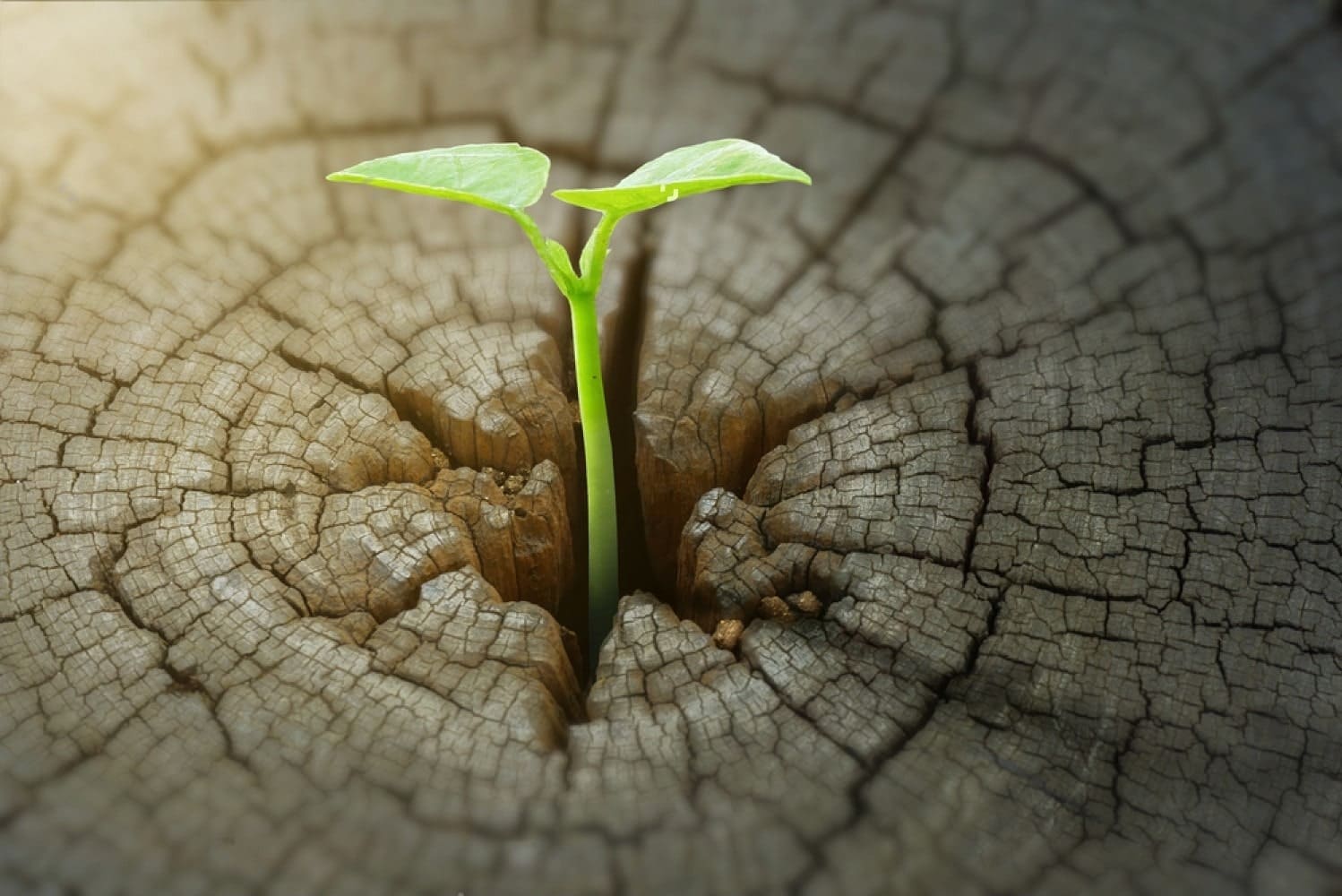
Forging a Resilient Future Amidst Climate Challenges
By Admin | July 5, 2024
Climate change, driven largely by human activity, stands as one of the most urgent global challenges today. The rise in extreme weather events, fluctuating temperatures, and unpredictable precipitation patterns threaten ecosystems, communities, and economies. To safeguard our future, we must embrace climate change resilience—a strategy designed to help us adapt, reduce risks, and thrive in the face of these challenges
Resilience is not just about surviving climate change but about thriving in spite of it, ensuring communities and ecosystems remain strong and adaptable in a changing world
Climate change resilience refers to the ability of people, communities, and systems to prepare for, respond to, and recover from the impacts of climate change. It is a continuous process of adaptation that involves innovation, collaboration, and a willingness to implement change. By assessing vulnerabilities, investing in infrastructure, and promoting sustainable practices, societies can better withstand climate shocks and ensure a sustainable future
The first step in building resilience is understanding where we are vulnerable. By assessing local climate trends, identifying areas prone to climate-related hazards, and evaluating the ability of communities and ecosystems to cope with such impacts, we can craft tailored strategies to address specific challenges. This allows decision-makers to design solutions that mitigate the risks and maximize opportunities brought by climate change
One area that demands immediate attention is infrastructure resilience. Critical infrastructure—like roads, buildings, and water systems—needs to be fortified against climate risks. For instance, elevating buildings in flood-prone areas, using durable construction materials, and improving stormwater systems can prevent catastrophic damage. Similarly, integrating nature-based solutions like wetland restoration or urban green spaces can reduce the impact of extreme weather events, offering a dual approach by combining human ingenuity with natural defences
The agricultural sector is particularly vulnerable to climate fluctuations, but it can become more resilient through climate-smart agriculture. Practices like crop diversification, conservation agriculture, and rainwater harvesting can reduce vulnerability while maintaining productivity. Embracing climate-resilient crops and integrating precision agriculture technologies can also help farmers optimize resources and improve resilience against erratic weather conditions
Ecosystem-based adaptation is another critical component of building resilience. Healthy ecosystems are essential to mitigating the effects of climate change. They provide natural services like water purification, flood regulation, and carbon sequestration. Protecting and restoring ecosystems—such as mangroves to shield coastal communities from storms—promotes biodiversity and helps ensure long-term environmental stability
Social resilience is equally important. Building social resilience means empowering communities to take ownership of climate adaptation efforts. Engaging local populations in decision-making, creating early warning systems, and offering disaster preparedness training strengthens the social fabric and helps communities cope better with climate stresses
Investing in climate research and technology is crucial for forecasting future climate impacts and developing innovative solutions. Tools like satellite imagery, climate models, and data analytics provide the insights necessary to anticipate climate risks and create more effective resilience strategies. Supporting research and innovation in climate-smart technologies, from renewable energy to sustainable infrastructure, can bring transformative change
Climate change resilience is an ongoing journey. By strengthening infrastructure, promoting sustainable practices, and investing in research and technology, we can build a resilient future that secures the well-being of present and future generations. Together, by rising to the challenges posed by climate change, we can pave the way for a sustainable and resilient world
